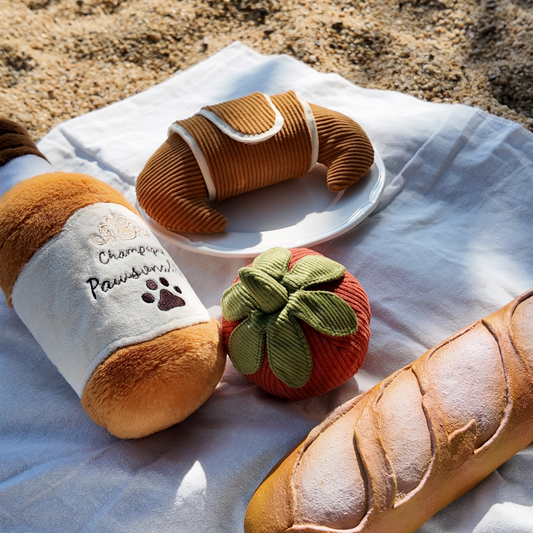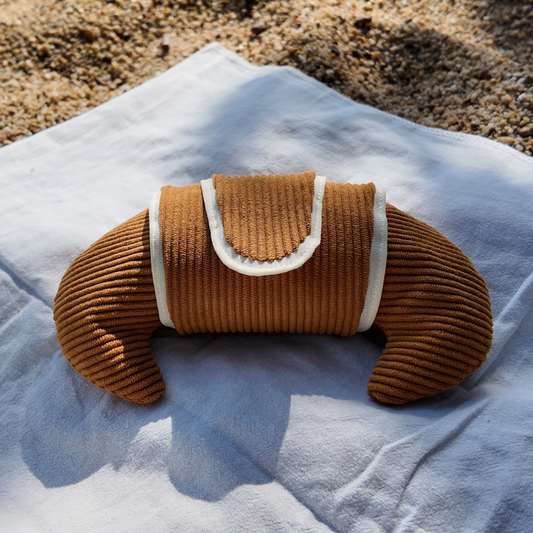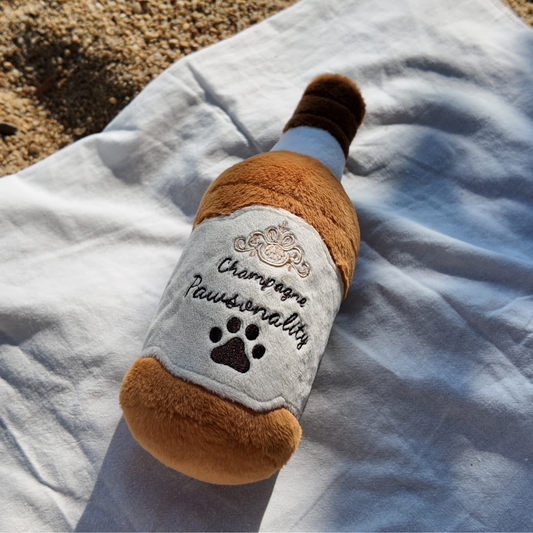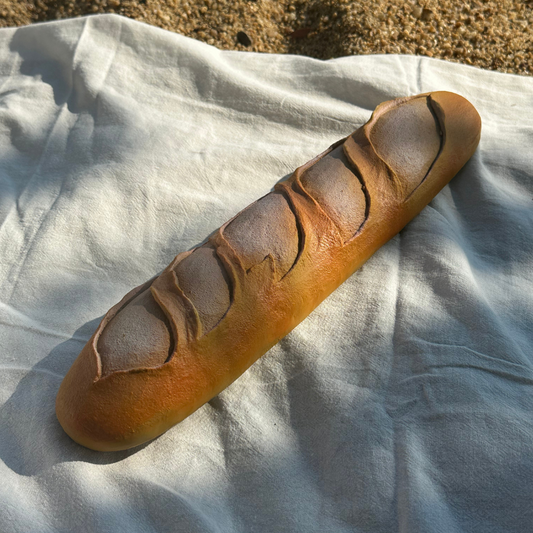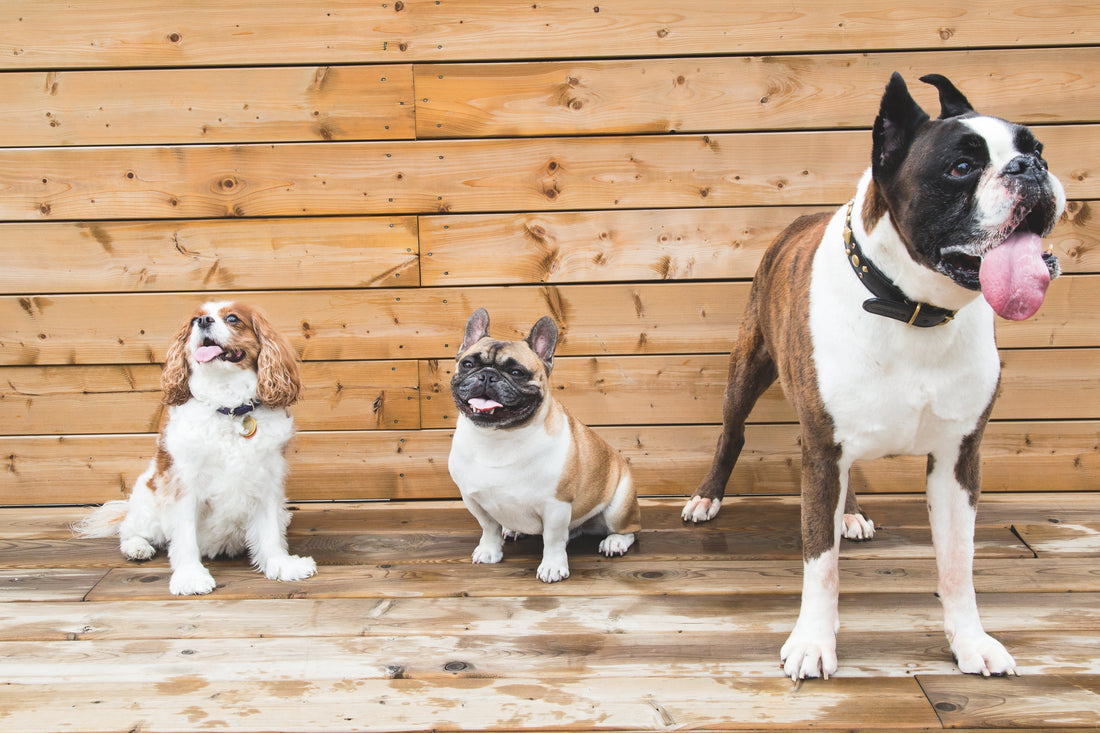
How to Choose the Perfect (and Safest) Toy for Your Dog's Play Style
Choosing a new toy for your dog should be fun. It's a chance to bring a little extra joy and excitement into their life. But with so many options, it can also be a little stressful. Will they like it? Will it last more than five minutes? And most importantly, is it safe?
A great dog toy serves a greater purpose than just entertainment. It provides crucial mental stimulation (aka enrichment), satisfies natural instincts, and helps prevent common behavioral problems like destructive chewing and anxiety. However, there is no one-size-fits-all.
Let's take a look at some guidelines that will make you become an expert at picking up the right toys for your furry one.

Step 1: Identify Your Dog's Pawsonality
Before you even think about materials or shapes, you need to understand how your dog plays. Most dogs fall into one of three categories:
1) The Nibbler (Gentle Chewer)
These dogs are easy on their toys. They tend to lick, mouth, or gently carry their toys around. They're less likely to destroy things but still need enrichment.
Best Toys: plush toys, interactive puzzle toys, and softer rubber toys are often great choices.
2) The In-Betweener (Average Chewer)
This is most dogs. They love to play and will chew with enthusiasm, and can definitely destroy a flimsy toy, but they aren't on a mission to shred everything in sight.
Best Toys: a wide variety of toys work here, from durable rubber balls and fetch toys to sturdy rope toys and treat-dispensing puzzles.
3) The Destroyer (Power Chewer)
You know if you have one. For these dogs, every toy is a challenge. They have powerful jaws and can tear apart standard toys in minutes, which can pose a safety risk if they swallow the pieces.
Best Toys: durability is non-negotiable. Look for toys made from heavy-duty natural rubber, solid nylon, or food-grade silicone specifically engineered for aggressive chewers.

Step 2: Match the Material to the Mission
Once you know your dog's chew style, you can choose the right material for the job. Safety should always be your top priority:
1) Natural Rubber or Food-Grade Silicone: excellent for most chew styles. They are durable, non-toxic, and often dishwasher-safe. Perfect for fetch, chewing, and treat-dispensing.
2) Durable Nylon: the go-to for most Power Chewers. These ultra-tough toys satisfy the urge to chew and help clean teeth.
3) Organic Cotton/Canvas: best for Nibblers and for supervised games of tug. Ensure they are well-stitched with no small, detachable parts.
Materials to Avoid: cheap, brittle plastics (which can shatter), vinyl (which can contain harmful phthalates), and any toys with a strong chemical smell.
Step 3: Consider the Purpose - Enrichment vs. Exercise
What do you want the toy to accomplish? Different toys serve different needs. A well-rounded toy box should have a mix.
1) For Mental Stimulation (Enrichment): boredom is a leading cause of destructive behavior. Puzzle toys and treat dispensers are fantastic tools to combat this. They require your dog to think, problem-solve, and work for their food, which is incredibly satisfying for them.
Pro Tip: use a puzzle feeder to serve your dog's meals. This turns a 30-second mealtime into 15-20 minutes of engaging brain work!
2) For Physical Exercise: active play is essential for your dog's health and for strengthening your bond.
Fetch Toys: look for durable rubber balls or flyers. Avoid tennis balls for powerful chewers, as the felt can be abrasive to teeth and the ball can be broken apart and swallowed.
Tug Toys: a great way to burn energy. Choose toys made from sturdy natural rubber or multi-layered cotton/canvas that are comfortable for you to hold and safe for your dog to bite.
3) For Soothing & Chewing: chewing is a natural, stress-reliving behavior for dogs.
Chew Toys: providing a safe, appropriate chew toy (like one made of durable nylon or hard rubber) can save your shoes and furniture. For puppies, you can even find toys designed to be frozen to help soothe sore gums.

Step 4: Always Prioritize Safety
No matter the type of toy, run it through a final safety check:
1) Size: is it too big to be fun or too small to be safe? It should be easy to carry but impossible to swallow.
2) Durability: does it feel solid and well-made? Are there any seams or parts that look like they could be easily ripped off?
3) Supervision: no toy is truly "indestructible". Always supervise your dog with a new toy to see how they interact with it. Regularly inspect all toys and discard any that are broken, cracked, or have pieces missing.
By taking a thoughtful approach and matching the toy to your dog's unique needs, you can build a collection of toys that will keep them safe, happy, and engaged for years to come!


